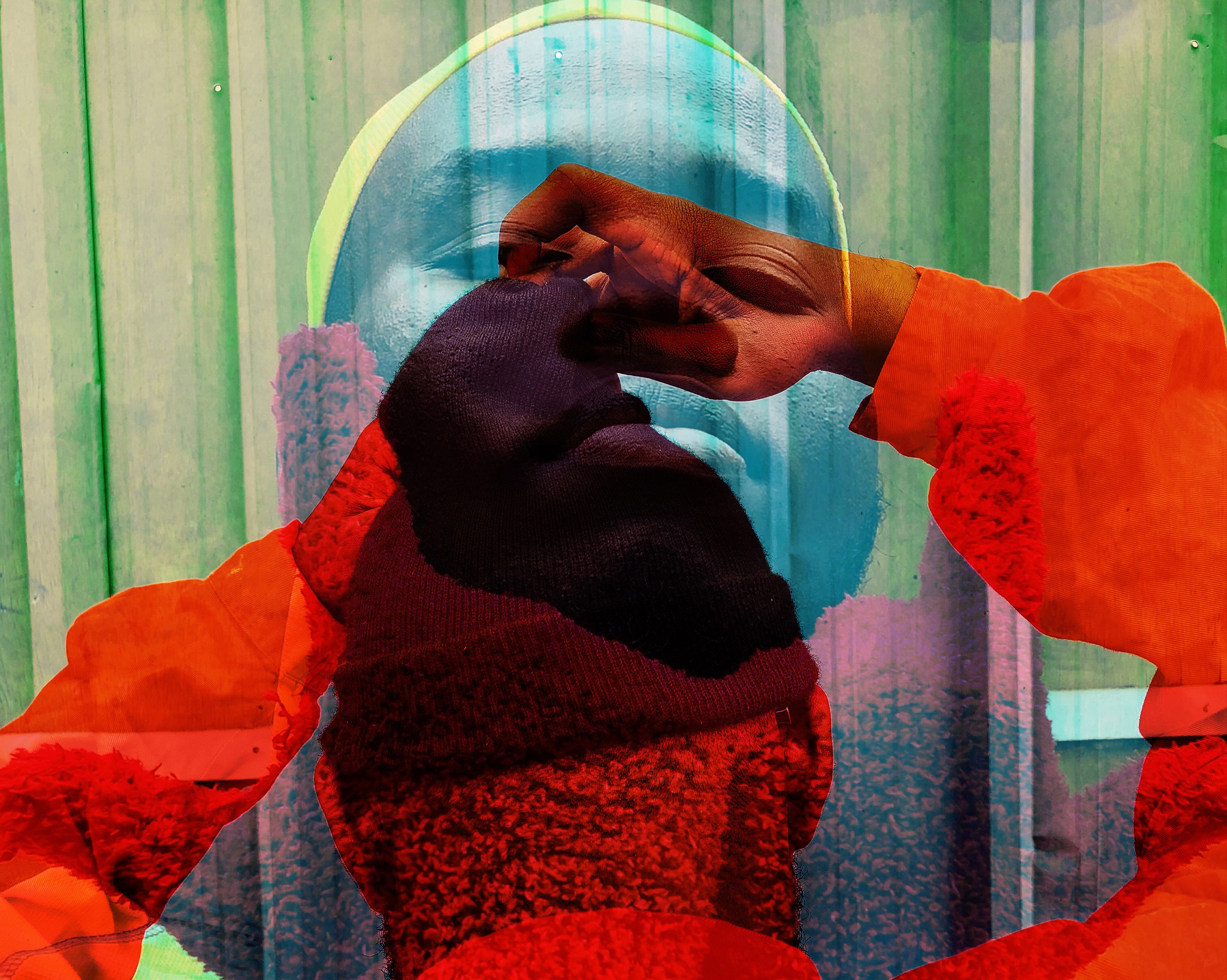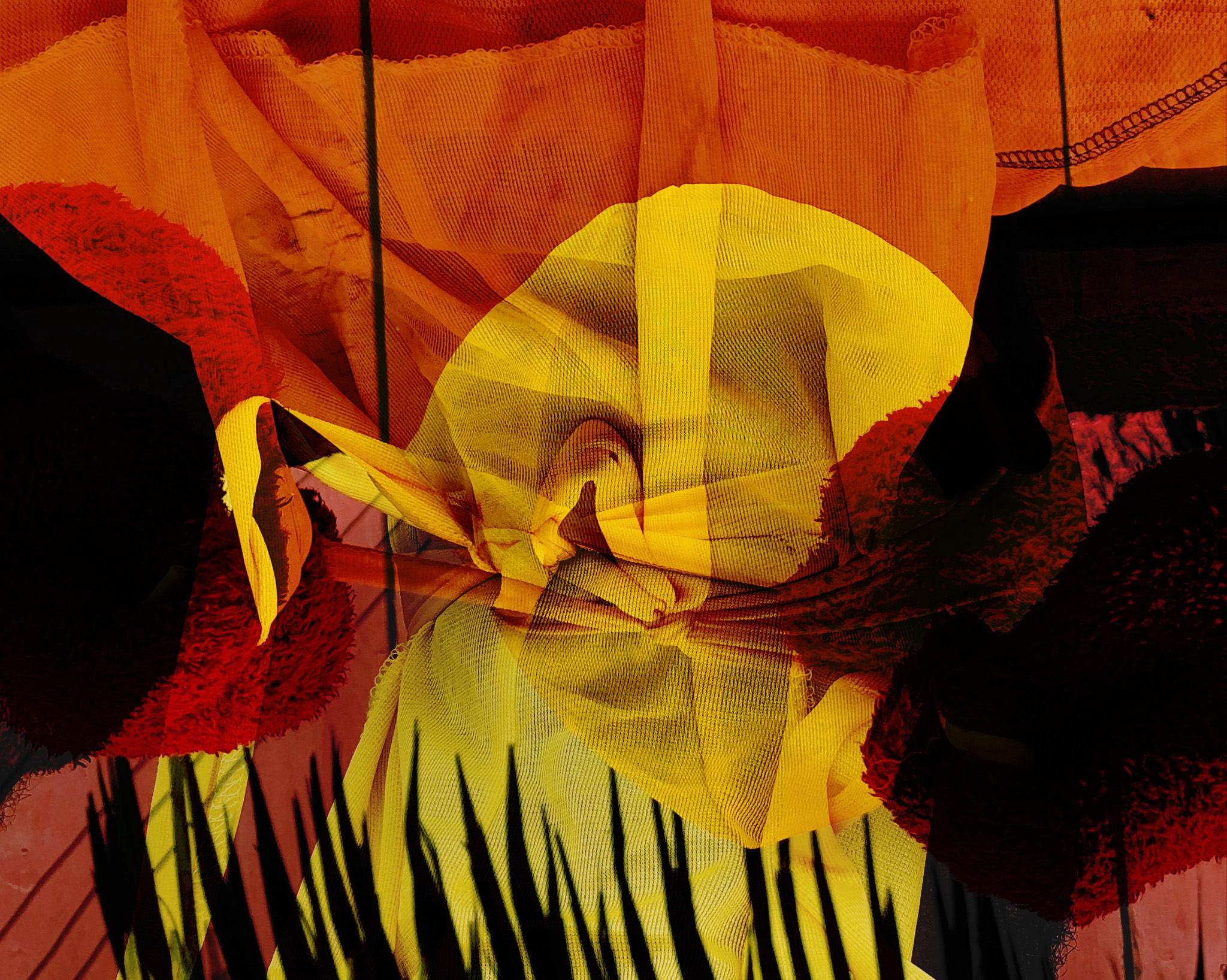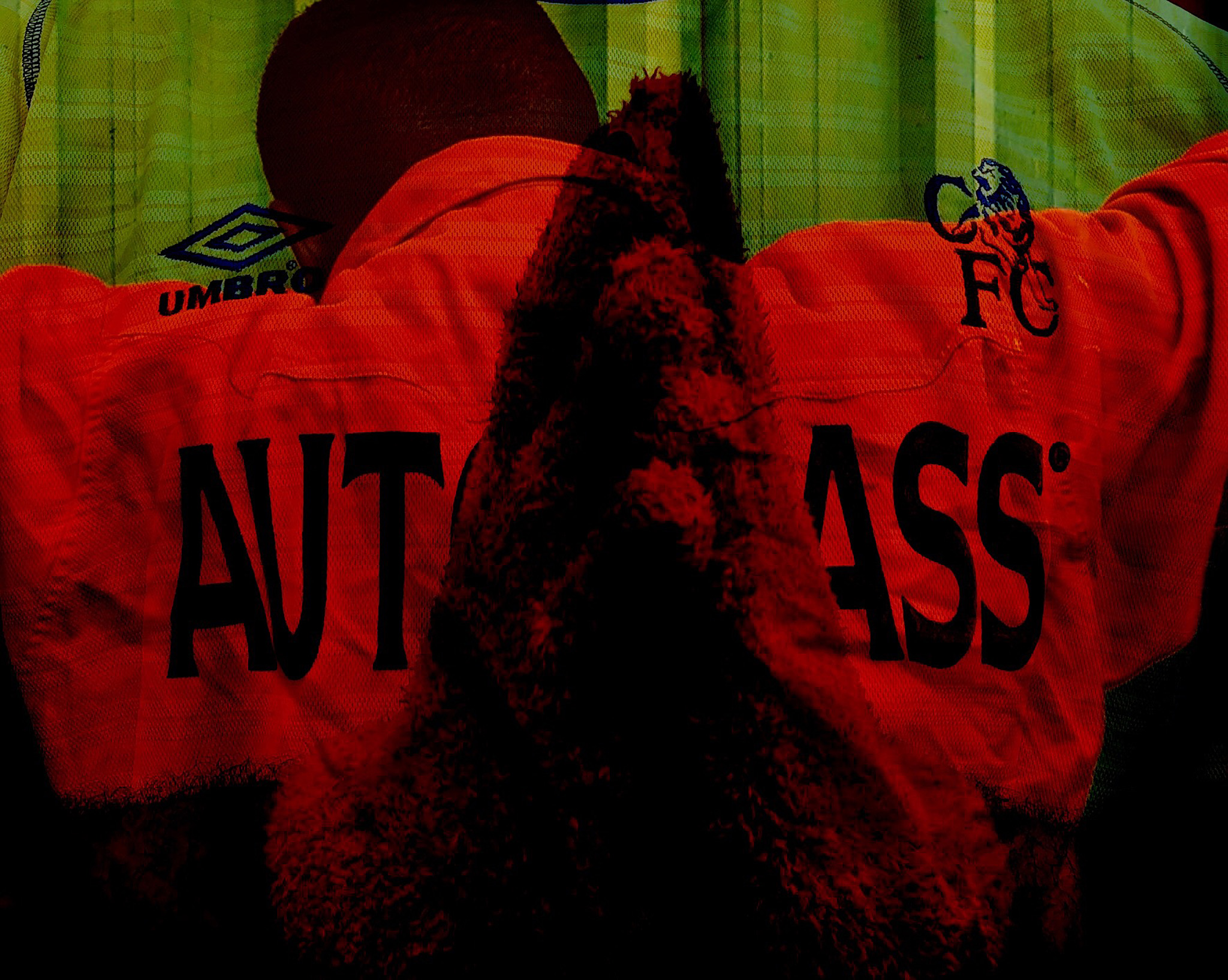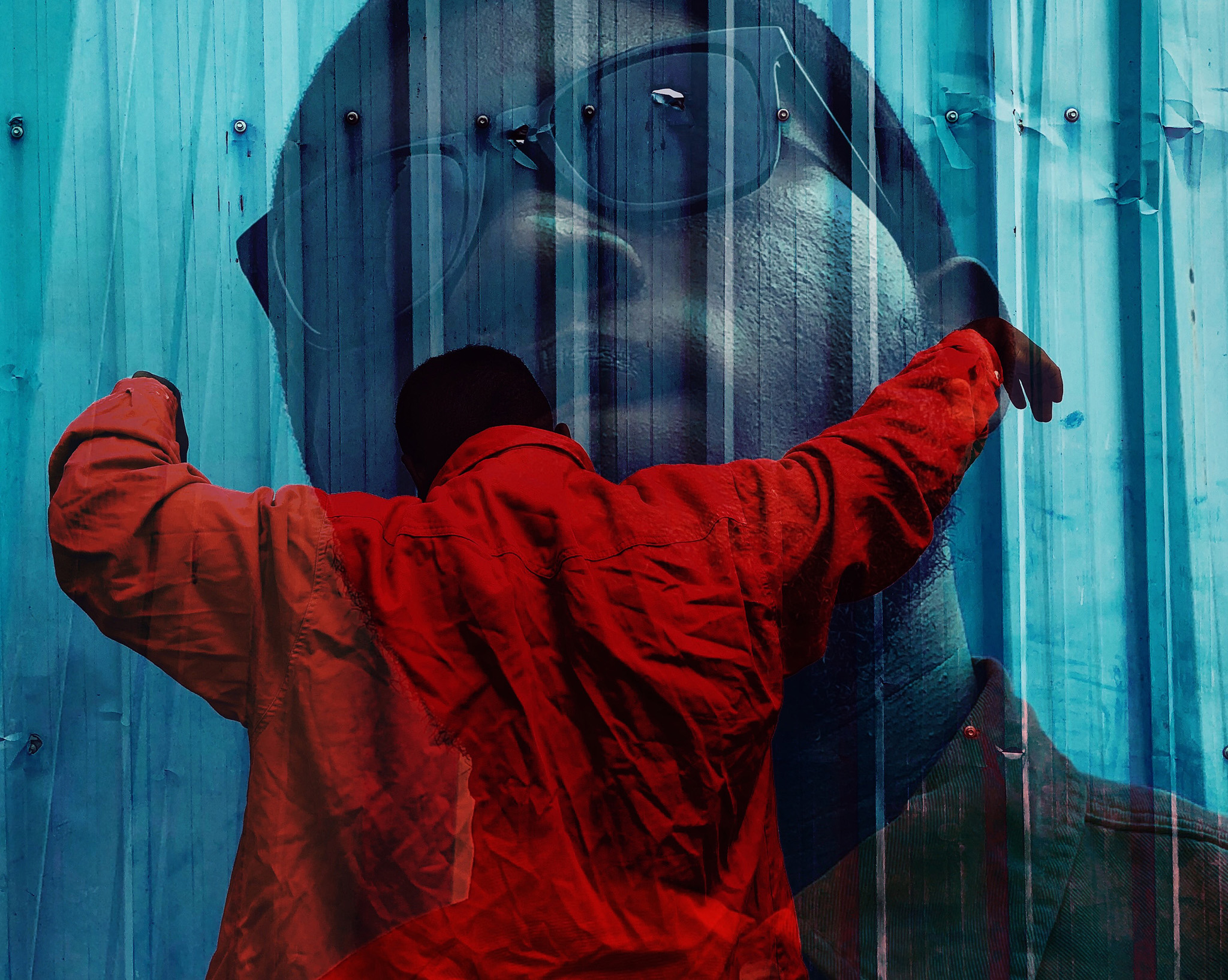The young Ghanaian visual artist discusses the themes of mental health and anxiety in his Mujahid series
With his interests in psychology and storytelling, and natural talents across photography, film and the written word, Hakeem Adam’s work takes an intersectional approach. The young Ghanaian multi disciplinary artist is finding favour for his conceptual projects that have been presented everywhere from this year’s Chale Wote Street Art Festival in his native Accra to a residency in Maputo. Here Adam discusses his current body of work, the Muhajid series, which considers the philosophy of Jihad as a way to examine the artist’s own struggle with anxiety and wellness.
How did you first get into photography?
I studied poetry and creative writing at university, so I was writing a lot in the aim to get it published. Then, I decided to focus more on photography and learning about telling stories in unique ways. I like to experiment with many art forms - poetry, writing, sound, design, video - and don’t limit myself to a particular field. I got my first cameras in late 2015, both digital and analogue, because I wanted to transition into different photographic styles and elements.
What have been some of your career highlights to date?
Early this year I won the Portraits Ghana Photo Prize 2018, organised by the Dutch embassy in partnership with Nuku Studio. I have been part of eight exhibitions and had the chance to venture to Mozambique recently to develop my photography and video art as part of the ColabNowNow residency.
How would you describe your photographic practice today?
Documentary and street photography were my early influences but I am moving more towards experimental and concept-driven photography. I study the attention to narrative and detail in documentary photography and the speed of street photography to try and find ways to translate these elements into my concepts. Photography is a really powerful tool because people are drawn to the immediacy of the medium. I have found that photography is an essential way to start conversation. That’s why I decided to work more on not just presenting the viewer with single layers. I am trying to get you to think about the multiplicity of perspective that can come from one image.
Please describe your ideas behind the Mujahid series.
The goal was just to share part of myself with my audience in the most arresting and engaging way I could. In creating Mujahid, I was talking about my mental health by trying to link it to the Islamic philosophy of Jihad, which preaches that you should struggle through your adversaries to get to a better place. I attempted to make the philosophy work for me in a literal sense in that struggle promises some sort of relief and freedom. I then thought about how to translate the philosophy into images. I found the use of double exposure useful, as it creates an almost lenticular print, in which you can look at it see different perspectives and depths. This reflects my experiences of anxiety, which are not linear and don't take a singular trajectory. There is also an interesting resonance to my use of double exposure. At the very basic level this is portraiture of a black male and some bright pop art colours, which when talking about black masculinity, aren’t elements you often see together. It has been an interesting experiment and it has blossomed. I started with five images and I now have created eleven. And during my time in Maputo, I had the chance to transform the project into a video art installation, which expands upon these themes.
Do you often put so much of yourself into your projects?
My work is almost always autobiographical. I cannot divorce myself from my practice. I have found that it is the most intimate way to communicate. When your work is personal, people can identify with it. I also studied psychology and mental health at university, so I was privileged to have the chance to understand the different ways that anxiety manifests and how it is managed in different cultures. This was a good way to embed myself into the work, even though I am not the model in the images.
How thriving is the Ghanaian photography scene?
There are lot of talented photographers and it has grown much over the years. There are many people that I look up to and a real sense of community. Most of the older photographers are interested in helping younger photographers, like myself, by offering advice and opportunities. So, it is definitely a healthy photographic scene and I am very proud to be part of it.
What are your current and future plans?
At the moment I’m working on a new video art series very loosely based around dreaming. And I am gearing for my first solo exhibition next year. A lot of my future will be focussed on creating interactive work exploring personality psychology, abnormal psychology and social psychology. Being an artist and a learner, I am interested in multi-disciplinary art. I am excited about what I am creating right now in photography, especially in the use of double-exposure and portraiture, and hope to create more immersive photography incorporating sound, video and design.
Visit Hakeem Adam
Published on 19/12/2018






